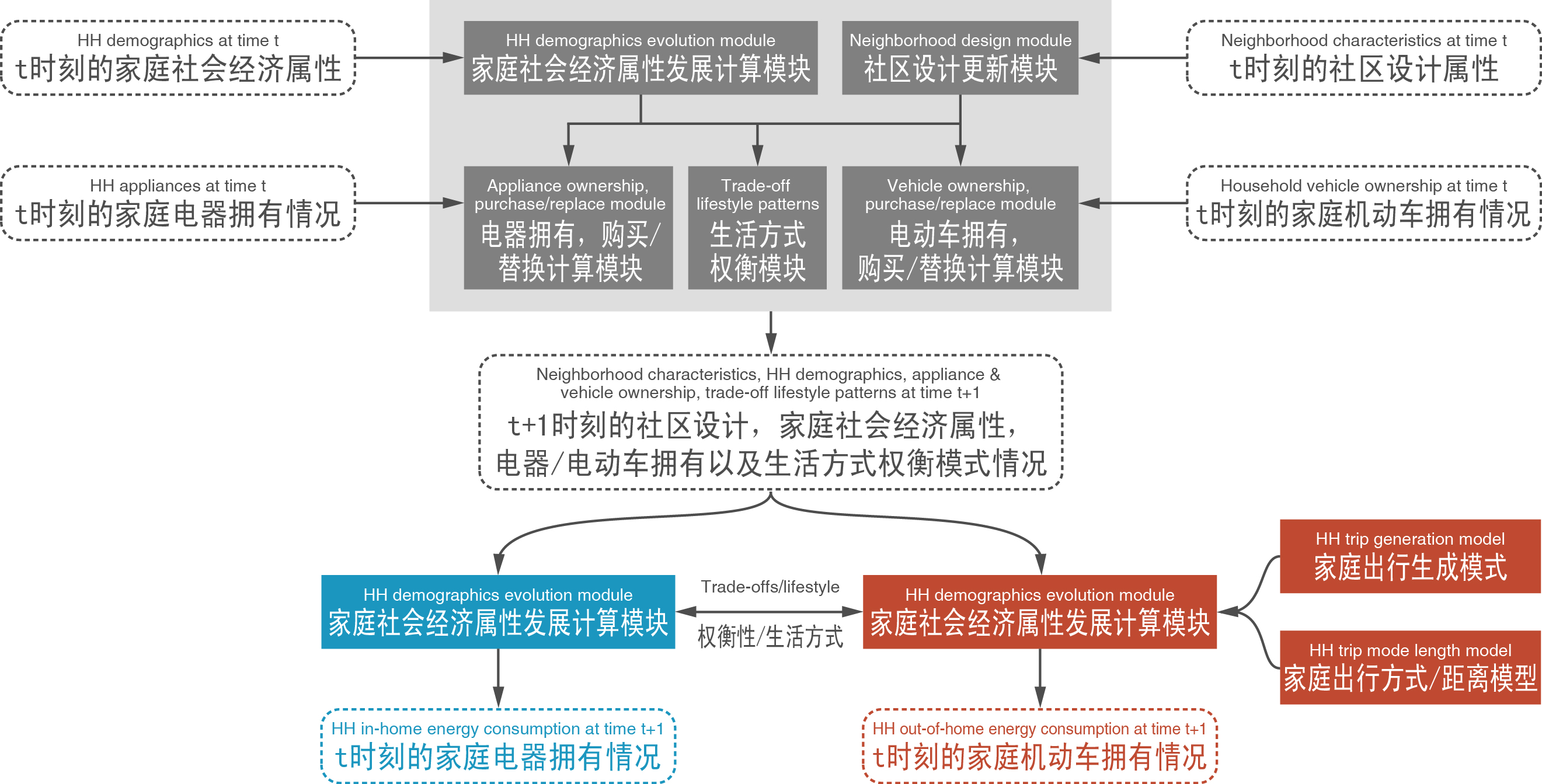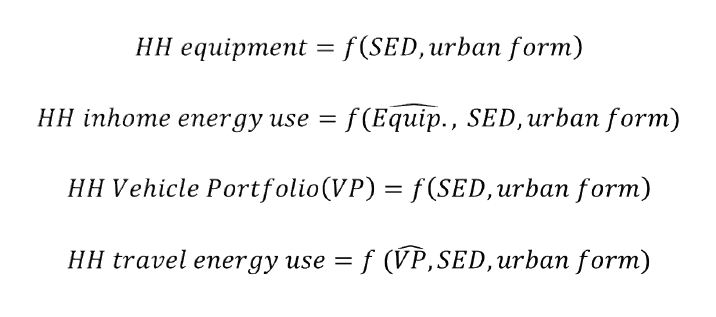Floor Area Ratio:
Population Density:
HH/acre
Number of Households:
HH
Surface-to-volume Ratio:
Window-to-Wall Ratio:
Green Roof Ratio:
buildingsMissingClasses:
otherComponentsMissingUsages:
componentsTooManySides:
otherComponentsProblems:
MJ/year
| OP | TR | EM | RE | Total | |
|---|---|---|---|---|---|
| Original | |||||
| Current | |||||
| Difference |
| OP | TR | EM | RE | Total | |
|---|---|---|---|---|---|
| Original | |||||
| Current | |||||
| Difference |
kgCO2e/year
| OP | TR | EM | RE | Total | |
|---|---|---|---|---|---|
| Original | |||||
| Current | |||||
| Difference |
| OP | TR | EM | RE | Total | |
|---|---|---|---|---|---|
| Original | |||||
| Current | |||||
| Difference |
Only POSITIVE effects shown below.
Negative effects (dining @ home, south
facade) not shown. Search in Debugger for
"opN" to view negative effects.
Negative effects (dining @ home, south
facade) not shown. Search in Debugger for
"opN" to view negative effects.
The Transport energy breakdown is no longer available for the current energy model.
Heating, Cooling, Lighting, Other Electricity Uses, Gas
Transportation energy per household
Residential Building ; Infrastructure
PV ; Wind
production potential of the neighborhood from solar (hot water and electricity) and wind sources.
Consumed in private residential units and in the use and maintenance of common facilities and spaces of the neighborhood. In all of the neighborhoods studied, the Proforma predicts operational energy to be the largest contributor to overall energy use, paralleling what was observed empirically.
Consumed by those who live, work, and visit the site to undertake their daily activities of living.
Consumed in the building and site construction (earth moving) of the neighborhood.
production potential of the neighborhood from solar (hot water and electricity) and wind sources.
Floor Area Ratio:
Population Density:
HH/acre
Number of Households:
HH
Surface-to-volume Ratio:
Window-to-Wall Ratio:
Green Roof Ratio:
buildingsMissingClasses:
otherComponentsMissingUsages:
componentsTooManySides:
otherComponentsProblems:



